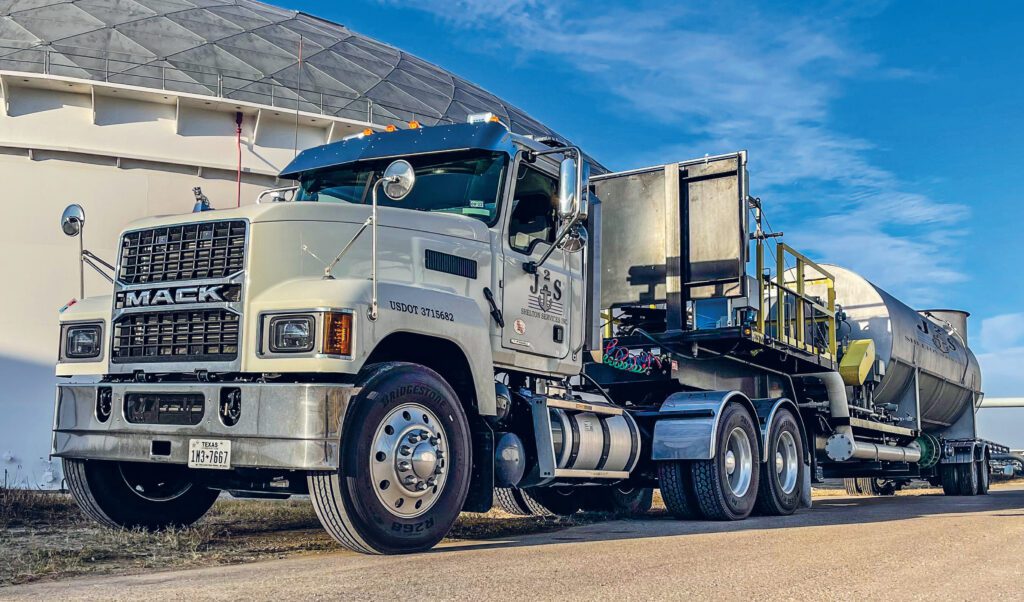Safety in the workplace in any industry is crucial. Preventative measures and adequate safety training are vital when it comes to preventing workplace accidents. With an emphasis on health and safety for employees and clients, companies should work to play their part in ensuring that safety remains a top priority for all industries. Valve World Americas sat down with Shalon Carnahan from Shelton Services to discuss the importance of safety training in the workplace, and how the proper training and regulations can lead to a reduction of emissions in the environment.
By KCI Editorial
Shelton Services is an environmental and industrial services firm focused on emergency spill response, bulk liquid storage tank cleaning, industrial field services, and mobile degassing and vapor control. Headquartered in Houston, Shelton operates primarily in Texas, Louisiana, and Oklahoma. “Our company was founded on spill response,” said Carnahan, “and from there, we have added service lines to help the energy industry comply with evolving environmental regulations. We prioritize safety and the environment in all aspects of our work.”
Carnahan recommends long term plans to prevent accidents and spills, especially in the oil & gas sector. “Safety plans, drills, ongoing education, and the proper tools should be utilized to keep companies and their people safe.” With any spill on land or water, great care must be taken to ensure there are no lingering dangers to people or the environment. After a cleaning, remediation and decontamination of equipment is necessary to ensure the safety of the location and its employees before work resumes.
Preventative Measures and Safety Training
“The first priority is to prevent a spill from occurring,” expressed Carnahan. This is where safety training is particularly important. While a certified oil spill response organization (OSRO), is crucial for when a spill occurs, it is important for a facility to have preventative measures and safety protocols.
“One of the main struggles is what people are unaware of – in terms of safety – until training,” continued Carnahan. The rules and regulations surrounding safety protocols change rapidly, companies and individuals may not be aware of these. “Due to ongoing changes in policies, technology and procedures, it is helpful to create a standard operating procedure (SOP) within each company.”
“Companies need an extensive training program – including ongoing training for all the operators. These programs are uniquely tailored to the industry and the company.” The kind of training that is required will change depending on the industry. “Whether it is safety on barges, tugboats, at a tank farm, or a refinery, different safety training is required.”

As for the frequency of the training, it varies by industry. “Many companies are so busy with their day-to-day operations that they prefer to have a safety company come in and train staff to keep up with regulations. The average frequency of returning to a facility due to changing regulations is twice a year.” Another important feature that may get overlooked in safety training programs is anti-drug and alcohol misuse training. “Randomized testing to ensure that everyone is well and healthy is important,” explained Carnahan, “as this aspect of employee well- being may be glossed over.”
Safe Reduction of Emissions – Mobile Degassing and Vapor Control
A variety of equipment is needed when it comes to mobile degassing and vapor control: Thermal Oxidizer Units (TOU), Internal Combustion Engines (ICE), Carbon Absorbers, and Trailer-Mounted Multi-Phase Scrubber Systems. The technology selected for use is based on the specific project and chemical compound make up to assure the safest most effective method is utilized.
These specialized assets support safe and compliant air quality.

When conducting tank cleaning projects, quite often it involves the cleanup and removal of hazardous materials. “There is a high demand for tank cleaning in the oil & gas industry,” explained Carnahan. “We clean large, 400,000+ barrel tanks that initially begin with a degassing process using a mobile combustion system, typically an Internal Combustion Engine Unit or Thermal Oxidizer removing and destroying the vapors, so they do not emit into the atmosphere.” However, the work does not end after the degassing is complete. “Many times, after attempting to drain all of the product from the tank, there is left over material that still needs to be removed, such as sludge, mud, water, oil, and more, extending the length of the project,” explained Carnahan. “It is required to clean them out completely and have an inspection done by qualified personnel. This is required for most storage tanks in the U.S.”
Safety as the Highest Priority
At the end of the day, Carnahan reinforced the absolute necessity of safety: “There are companies available for emergency response options to handle a multitude of spill emergencies but, preventing the spill is key.” Carnahan remained steadfast about being consistent with the reinforcement of safety protocols for each industrial sector. “If spills and leaks are prevented, there will be less emissions being released. When companies work on being proactive – improving processes and ensuring safety, rather than reactive, I have witnessed results showing a positive company culture, happy employees, additional growth opportunities and prosperity,” she concluded.
REFERENCES
- https://www.oilspillprevention.org/oil-spill-prevention/oil-spill-prevention-employee-training
- https://www.osha.gov/sites/default/files/factsheet-inspections.pdf


